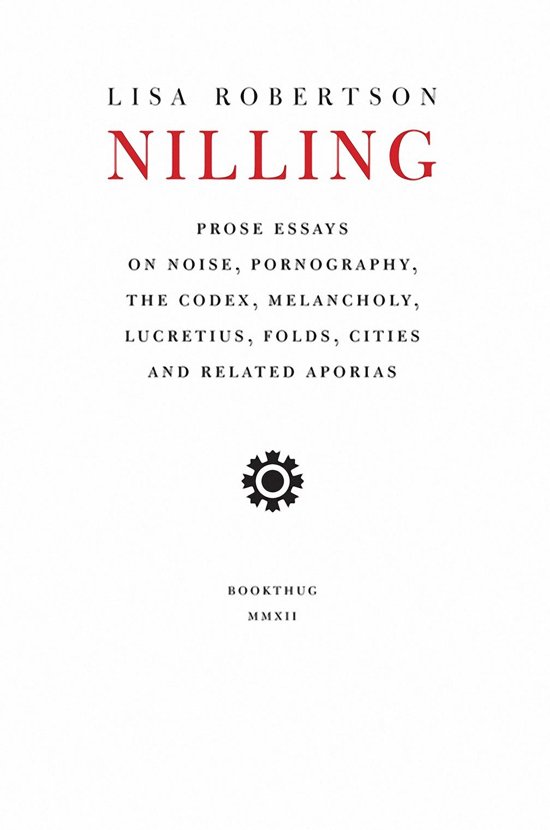
Authenticity Is a Feeling
Authenticity is a Feeling: My Life in PME-ART is a compelling hybrid of history, memoir, and performance theory. It tells the story of the interdisciplinary performance group PME-ART and their ongoing endeavour to make a new kind of highly collaborative theatre dedicated to the fragile but essential act of "being yourself in a performance situation."
Language: English







